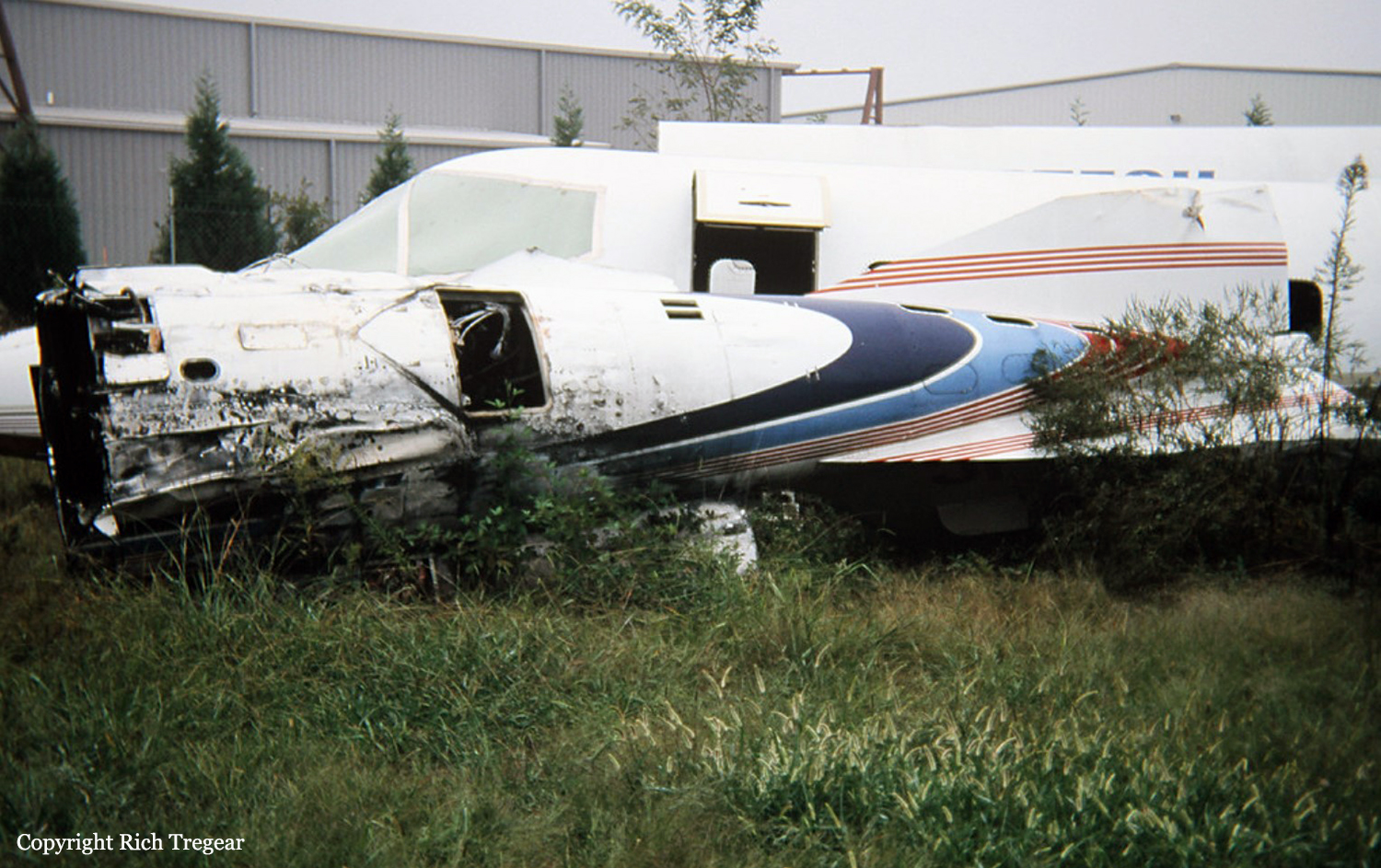Crash of a Learjet 31 in Aberdeen
Date & Time:
Sep 2, 1997 at 1020 LT
Registration:
N71JC
Survivors:
Yes
Schedule:
Madison - Aberdeen
MSN:
31-008
YOM:
1989
Crew on board:
2
Crew fatalities:
Pax on board:
0
Pax fatalities:
Other fatalities:
Total fatalities:
0
Captain / Total hours on type:
1860.00
Aircraft flight hours:
1845
Circumstances:
According to the pilot, the airplane was high and fast on final approach, because of restricted visibility in haze, and he executed a go-around. The pilot and copilot do not recall retracting the landing gear. During the second approach, the pilot stated he did not extended the gear because he was 'sure in his mind that the gear was already down'. The airplane landed with the gear retracted. The airplane slid approximately 3,000 feet. Following the landing, the airplane caught fire under the right wing root, and the fire could not be extinguished with hand held fire extinguishers. Both pilots safely evacuated the airplane.
Probable cause:
The flightcrew's failure to extend the landing gear.
Final Report:


